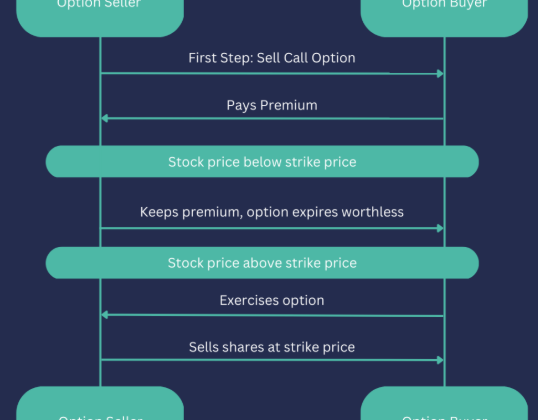
For any investor considering the risks of commercial real estate, one of the key questions is about the return on investment (ROI). Several metrics are commonly used to evaluate these returns, and one that stands out in the private equity sector is the Multiple on Invested Capital (MOIC). In this article, we will dive into what MOIC is, how to calculate it, and its significance in real estate investing. By the end, you’ll be able to assess this metric as part of your investment analysis process.
What is MOIC?
Multiple on Invested Capital (MOIC) is a simple yet powerful metric used to compare the amount of cash invested in a real estate property with the amount of cash returned over the investment’s holding period. It is particularly useful for limited partners in private equity real estate deals, as it provides a clear picture of how much cash has been generated relative to the initial investment.
While there are various ways to evaluate a real estate investment, MOIC is widely used because of its simplicity and effectiveness in offering insights into the overall cash flow of an investment.
How to Calculate MOIC
Calculating MOIC is straightforward and only requires a basic equation:
MOIC = Total Cash Inflows / Total Cash Outflows
Let’s walk through an example to illustrate this calculation:
Suppose an investor purchases a retail center for $30 million and holds it for 10 years. The property generates $2 million in annual cash flow, and at the end of the holding period, it is sold for $50 million.
The total cash outflow is the initial purchase price of $30 million, and the total cash inflow is the combined amount of the property’s sale price and its cash flow during the holding period:
- $2 million annual cash flow x 10 years = $20 million in total cash flow
- $50 million sale price
Thus, the total cash inflow is $70 million.
Now, we can calculate the MOIC:
MOIC = $70 million / $30 million = 2.33
In this case, the investor receives 2.33 times their initial investment.
Limitations of MOIC
While MOIC is a helpful and easy-to-use metric, it does have its limitations:
- Does Not Account for Time: MOIC is a simple ratio that divides cash inflows by cash outflows, but it doesn’t take into account the length of the investment or the timing of the cash flows. For instance, an MOIC of 2.33 achieved over a two-year period is a far more attractive return than the same MOIC achieved over ten years.
- Gross vs. Net MOIC: It’s crucial to distinguish between gross and net MOIC. Gross MOIC does not account for management fees, while net MOIC reflects these fees, providing a more accurate view of the returns to limited partners.
- Projections May Change: When projections are used to calculate future cash inflows, the actual results can differ, especially if the property requires unexpected maintenance or management fees arise. This variability can cause changes in the MOIC calculation over time.
Because of these limitations, investors often use MOIC alongside other metrics to get a fuller picture of an investment’s potential.
MOIC in Private Equity Real Estate
In private equity real estate, MOIC helps investors assess the overall cash returns of an investment, but it is often combined with other metrics for a more comprehensive analysis. MOIC focuses on the cash inflows but doesn’t fully reflect the unrealized value of the property during the holding period.
For example, when evaluating the performance of a commercial property, MOIC considers both realized cash flows (rental income) and the anticipated sale value (unrealized value). This can provide a snapshot of how much value the property has created over time, factoring in both current and future liquidity.
MOIC vs. IRR
A common alternative to MOIC is the Internal Rate of Return (IRR). The key difference between these two metrics is that IRR takes the time value of money into account, while MOIC does not. IRR reflects the annualized rate of return that an investor can expect over time, factoring in when the cash flows occur.
For example, a property generating $100,000 annually may have a different IRR depending on whether the investor holds the property for five years or ten years. MOIC, however, would simply calculate the total inflows and outflows without considering how long the investment is held.
While MOIC is useful for understanding the overall performance of an investment, IRR provides a more detailed perspective on the time-related dynamics of cash flows and returns.
Summary of MOIC
MOIC is a valuable metric for evaluating the return on investment in commercial real estate. It provides a simple way to understand the cash inflows relative to the cash invested. However, it is important to recognize its limitations, such as its disregard for the investment’s duration and the timing of cash flows. To gain a more complete picture, MOIC should be used in conjunction with other metrics, such as IRR, which consider the time value of money. By using MOIC as part of your investment analysis, you can make more informed decisions when evaluating real estate opportunities.









